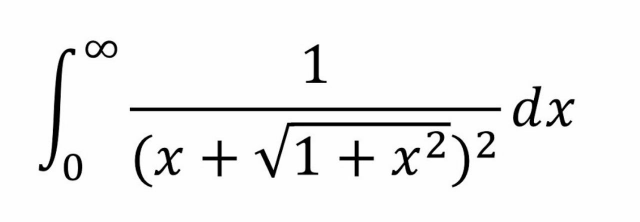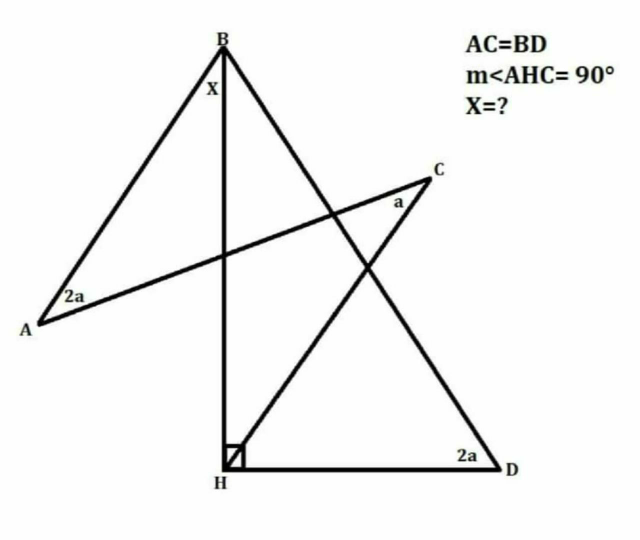
AllQuestion and Answers: Page 1275
Question Number 87669 Answers: 1 Comments: 4
Question Number 87648 Answers: 0 Comments: 4
Question Number 87647 Answers: 1 Comments: 0
Question Number 87656 Answers: 1 Comments: 3
Question Number 87643 Answers: 0 Comments: 0
Question Number 87637 Answers: 1 Comments: 0
Question Number 87625 Answers: 2 Comments: 0
Question Number 87624 Answers: 0 Comments: 1
Question Number 87614 Answers: 1 Comments: 0
Question Number 87613 Answers: 1 Comments: 1

Question Number 87630 Answers: 0 Comments: 1

Question Number 87598 Answers: 0 Comments: 1

Question Number 87586 Answers: 1 Comments: 0
Question Number 87585 Answers: 1 Comments: 0

Question Number 87581 Answers: 2 Comments: 1

Question Number 110350 Answers: 2 Comments: 0
Question Number 87563 Answers: 1 Comments: 5
Question Number 87561 Answers: 0 Comments: 3
Question Number 87556 Answers: 1 Comments: 1

Question Number 87553 Answers: 1 Comments: 0

Question Number 87550 Answers: 0 Comments: 2
Question Number 87543 Answers: 0 Comments: 0

Question Number 87540 Answers: 1 Comments: 1

Question Number 87538 Answers: 0 Comments: 7

Question Number 87537 Answers: 0 Comments: 0

Question Number 87536 Answers: 1 Comments: 0
Pg 1270 Pg 1271 Pg 1272 Pg 1273 Pg 1274 Pg 1275 Pg 1276 Pg 1277 Pg 1278 Pg 1279
